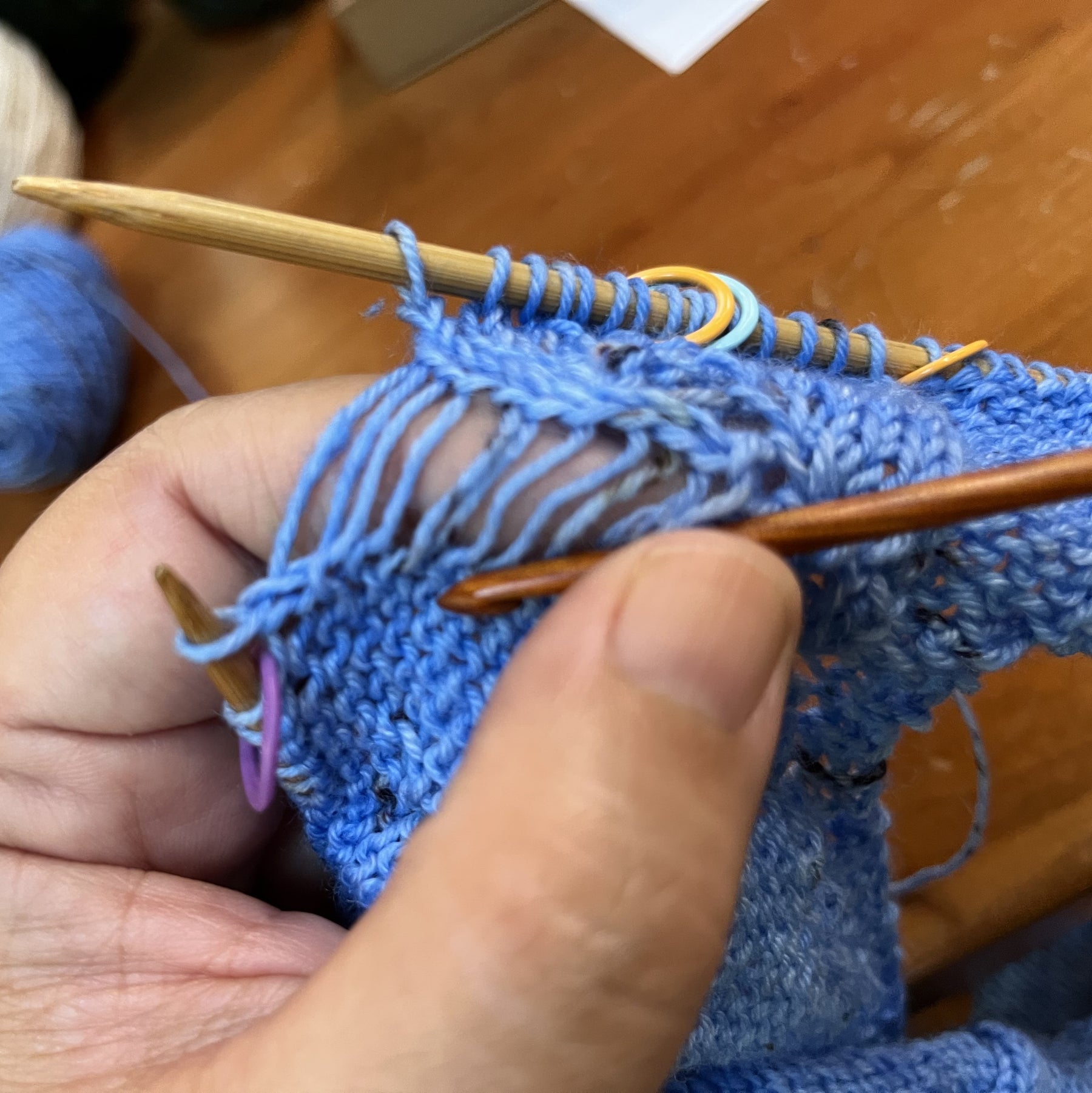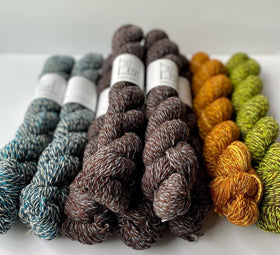
Three new ways to fix knitting mistakes
By Meg Dedolph
It’s time to cast on and create, whether you’re an old pro at this knitting thing, or whether you’re trying for the first time.
With creation comes mistakes, though, and the New York Times helpfully wrote an article the other day about a book by Amy Edmondson, called “Right Kind of Wrong: The Science of Failing Well,” which I have already put on hold at my library. Her book focuses more on failures in the workplace, but I think the article had some good tips for all of us who have tried something - and not had it work out the way we wanted it to. Which is every person on the planet.
- Ask yourself, “What was I trying to do? What actually happened?” It can feel hard at the time to reframe a knitting mistake as an opportunity to learn more about the craft, but some of my biggest lessons about knitting (and crocheting) came on the heels of some pretty big goofs. Set your knitting aside for a little while and come back to it when you’re not feeling upset about the mistake. Even if you decide the best solution is to rip it out and start over, ripping slowly and carefully will show you some things about how your fabric is constructed.
- Brainstorm some solutions! OK, you’ve got 54 stitches and the pattern says you should have 53. What can you do? What would happen if you added an extra decrease at the beginning of the row? Would that fix the problem without creating a different one later on? Say you forgot a couple of increases a few rows back. Can you add them without ripping? Not every solution works in every situation, but take a minute to think about what could be done to fix the problem. As the joke goes, if you do it once, it’s a mistake, but if you do it twice, it’s a design element.
- Share your experiences. Everyone makes mistakes in their knitting, and chances are, by sharing your problem-solving, you can help someone else who made the same mistake. If you’re stumped on a solution, chatting with other folks might give you an idea or two. If your mistakes help you learn more about your craft, sharing your mistakes can help other people learn more about theirs.
So cast on, fearless fiber artists, and don't worry about making a mistake here and there - it's proof that you're learning something.
📌 Save this Pin for Later!




Leave a comment